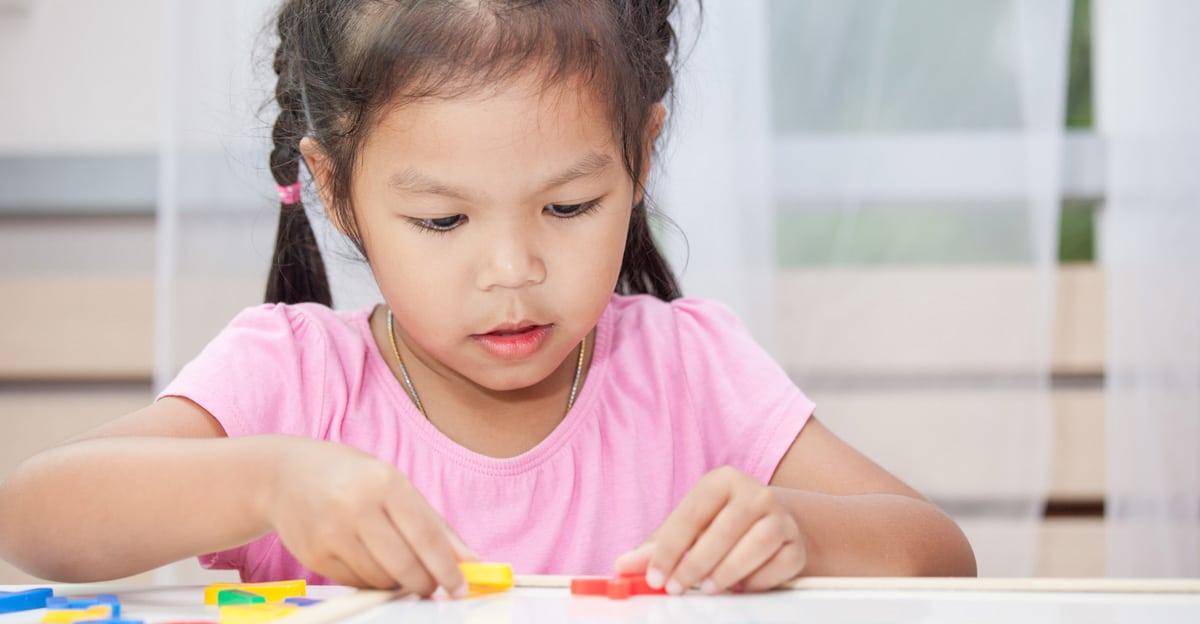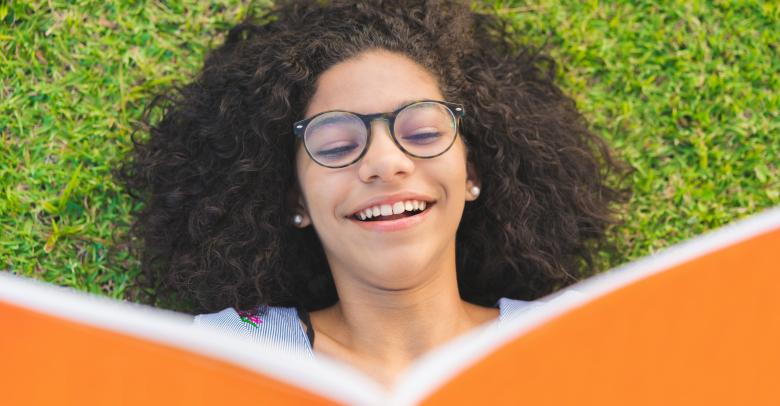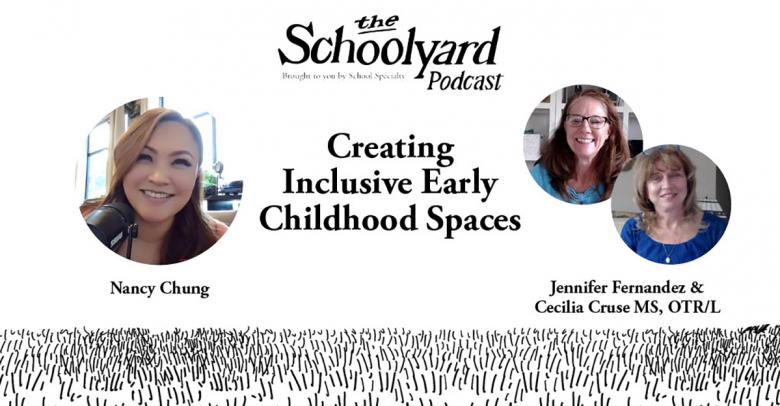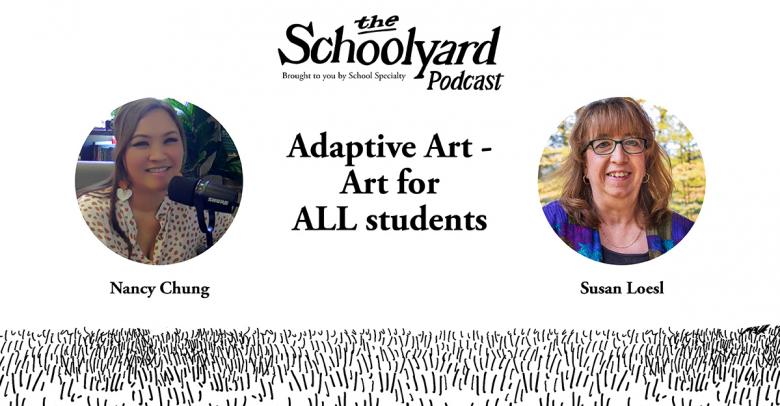With remote learning on the rise, Special Education Teachers and Related Service Providers, as well parents/guardians, are rapidly shifting and adjusting learning options for children with special needs. This may include the use of Assistive Technology (AT). The assumption is often that AT means high tech devices but according to the official definition from IDEA, this is not always the case: “Assistive technology device means any item, piece of equipment, or product system, whether acquired commercially off the shelf, modified, or customized, that is used to increase, maintain, or improve the functional capabilities of a child with a disability.”
With that definition in mind, here are 5 simple ideas for modifications for students with special needs:
- Occupational Therapists sometimes recommend the use of Slantboards as a classroom AT device to help students with handwriting. It can help position the forearm, wrist, and hands for stability and proper ergonomics to prevent fatigue and may help reduce glare from overhead lighting. Make a slantboard at home by taking a 3” binder or greater (each added inch increases the angle of the slant). Turn the binder horizontally towards the child with the bind facing away from the child so it forms an angled work surface. Place a 9’x12.5” clipboard vertically on the binder and you have an easy at-home solution. You can add Velcro or Dycem or similar non-skid matting under the clipboard to stabilize in place over the binder.
- Some students, including those with autism or motor impairments such as tremors, may need a weighted pencil for extra stability and to provide extra deep touch pressure/proprioceptive input for sensory modulation. For a budget-friendly option, use coupling nuts (3/8”-16 works nicely and these are readily available online or at hardware stores). Secure the coupling nut in place on either side with O-rings (1 ¼” x 3/8” x 1/16” also available online or at a hardware store). Substitute rubber bands or even a wrap of Wikki Stix for the O-rings as needed. Position the coupling nut along the length of the pencil shaft and experiment with placement for best results. Note that some students may need more than one coupling nut for extra weight.
- Children with motor impairments might have difficulty holding regular-sized crayons. An adapted grip is one solution, but for a creative art project consider melting small/broken crayons to create a new, larger-sized version that may be easier to grip. Older siblings may enjoy assisting on this project as well, but adult supervision at all times is recommended. Preheat oven to 250 degrees. Place broken crayon pieces (all paper labeling removed and larger pieces cut as needed) into an old muffin tin, layering each cup with about an inch of the broken crayons. Separate by color or mix colors for a rainbow effect. Bake for 15-20 minutes then allow muffin tin to cool before popping the new crayon blocks out. Substitute oven-safe silicon molds for more custom results.
- For children with severe/profound intellectual disabilities, promote attention and visual tracking with a budget-friendly lamp or fiber optic spray. Make a modified home version using a clear plastic container (a clear screw top storage container works best as a deterrent to opening) and fill with sensory options like a battery-operated strand of holiday twinkle lights and glitter poms. Turn on lights, secure lid in place, and shake gently to disperse the poms before allowing child access. Adult supervision recommended.
- Special Education Teachers and Speech Language Pathologists often use tabletop easels or portable magnetic boards to work on lesson plans. Make your own using a cookie sheet as a portable magnetic board. Add magnetic letters or emojis. Make your own communication symbols by printing out small pictures and super glue onto a small magnet.
We know these unusual times have been challenging and require thinking outside the box. Please feel free to share your favorite DIY home ideas for our students with special needs.

Cecilia Cruse, MS, OTR/L has a BS degree in Occupational Therapy from the University of Florida, and her Master’s degree in Education from Georgia State University. She is SIPT certified and has over 25 years of experience in pediatrics with school-based services, acute care, and outpatient pediatric settings.






Leave a Reply